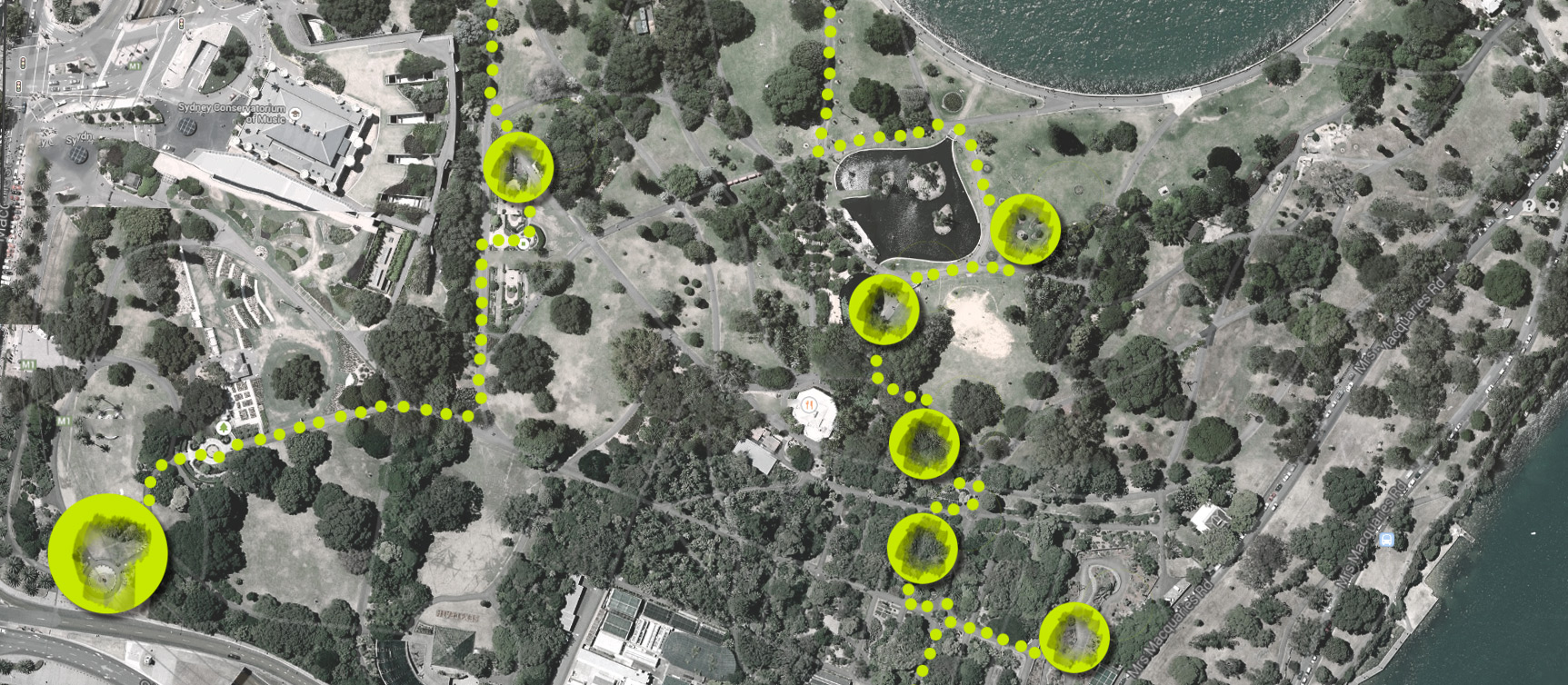Nature’s Typography

- Words by
- Emily Sia Lian Wong
Australian explorers in the 19th century were struck by a strange and esoteric graffiti scrawled in an obscure but fluid hand on the bark of the native gum trees. Resembling a kind of running hieroglyphics carved into the trunks, the markings generated much puzzlement – who was the author of these elegant scribbles and what could they potentially mean? While the mystery of these enigmatic etchings has since been solved – the eloquent culprit, a certain species of local moth – it still remains that humans continue to recognise, in all the curves and contours of the landscape, the aesthetics and structure of language – even where no such language exists.
Berlin-based design studio, KIM presents an exploration of the possibility of landscape as a kind of writing with its self-published book,‘Nature-Figure’, a personal project, expressing KIM’s impressions of the gloomy, Norwegian landscape and the melancholic grandeur of the great forests that surround the country’s capital. The resulting tome is filled with dark, claustrophobic images of dense spruce forest spliced with minimal graphics and words. It asks us to consider forms in the natural environment as a kind of abstract typography, free from any pre-existing meaning.
Thomas Kim spoke to me about the project, where it came from and what it might possibly mean.
What is ‘Nature-Figure’?
Nature-Figure is a personal project that we released in 2012. It transcribes my first impressions of the Norwegian landscape – more specifically the forests of Oslo and its surrounds. The project is self-edited and comprises a book of photographs, explorations and texts as well as a series of prints onto textiles.


Where did the inspiration to create ‘Nature-Figure’ come from?
The idea came, as I mentioned earlier, from the impressions left by my first encounter with the Norwegian landscape. Coming from Paris, the contrast with the Norwegian countryside was a real discovery. At the time, I was working with studio NODE and continuing my research projects at the Oslo Academy of Arts. These exchanges, meetings and my discovery of the city formed the influences for this project. Fascinated by the omnipresent nature, and more precisely by the relationship that the Norwegians maintain with these [natural] spaces, I began to document them through photography. From this series of documentations, the forests, the trees and the branches, with the strong contrast of white carried by the snow, appeared to me like a kind of abstract language.
From the smallest garden to the great forests encircling Oslo, I noticed that the ‘architecture’ of this nature had changed. The shapes and forms had evolved. From a space constructed or controlled by man, to a wilder kind of nature that did not have the same feeling. In a certain way, the ‘language’ had changed. After documenting myself within the forest, I started to concentrate on the shapes and forms collecting in the dead wood. Quickly, I began to classify these branches, group them according to their shapes, as if I was sorting and rearranging letters to create an alphabet.
Interested by all forms of language, I discovered the concept of asemic writing, which is described as a form of writing without any particular signification or meaning. The words are drawn, free from any sense, and become pure plastic, abstract form. I liked this idea of a gap between text and image, where meaning is open to interpretation.
‘Nature-Figure’ records my process, step by step, beginning with the photographs, through the exploration of space and the interpretation of the shapes and forms of the forest, up to their final simplication into signs. [Within the book], each step in the process is separated by documents as well as transcripts of discussions that I held with specialists and experts in the field.

Do you think ‘Nature-Figure’ contemplates, to any degree, a kind of anthropomorphizing of nature? An attributing of human qualities to the trees, the landscape?
I don’t think it’s about anthropomorphising nature because it’s not specifically a human representation. Instead the project relies on writing and a form of language, which is a human attribute. Artist and writer, Tim Gaze wrote: “You could say that nature, since time began, has been manifesting asemic writing. It just needs a human to see the writing and recognise it.”
—
Part of why I find ‘Nature-Figure’ compelling, I think, is that it opens us up to other possibilities. Now the swaying of trees is like dancing, and in the rustling of the leaves, I begin to hear song.






